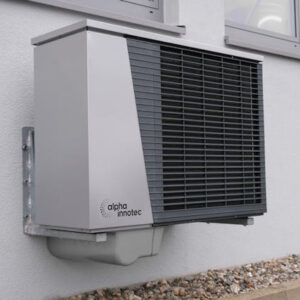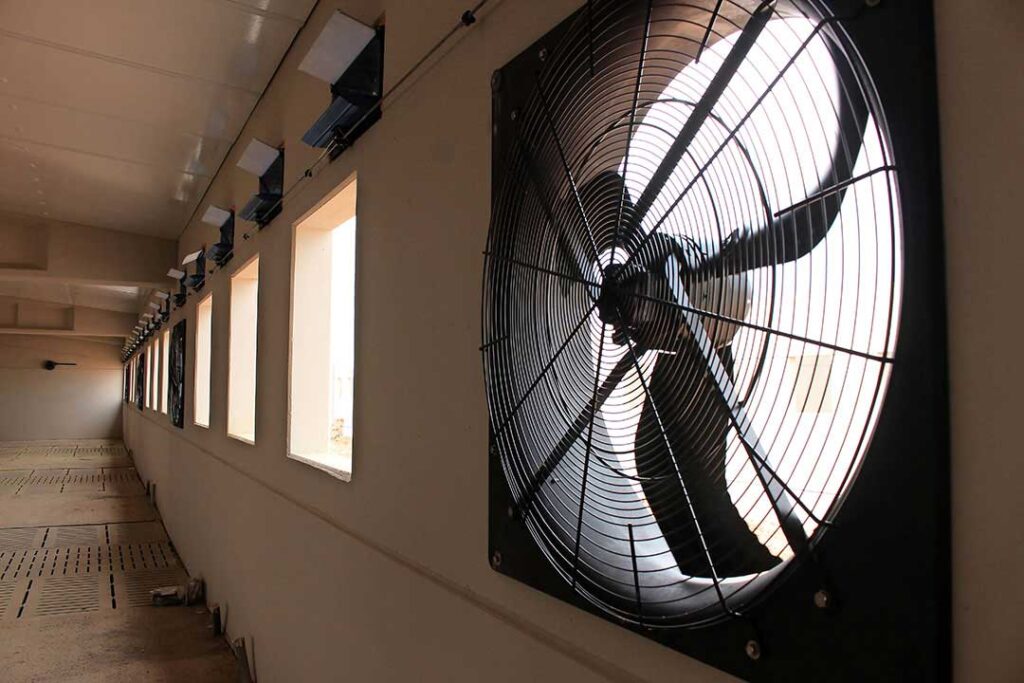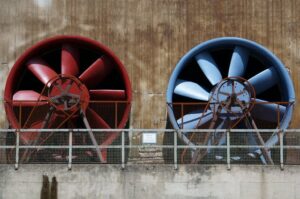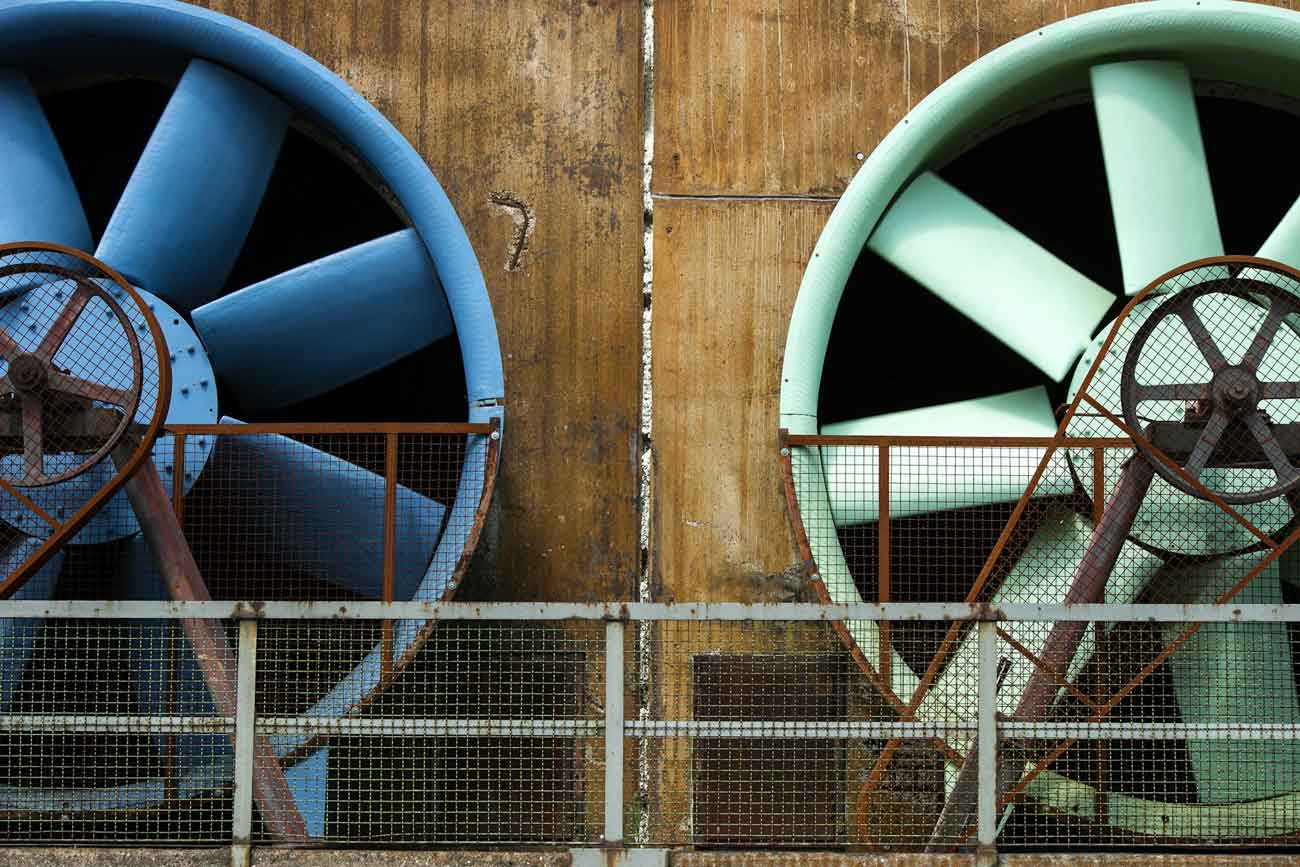In the modern era, the significance of ventilation systems in homes has surged, primarily due to the enhanced insulation of contemporary houses. This improved insulation, while beneficial for energy conservation, hampers the natural flow of clean air into the home and allows polluted air to linger. However, it’s essential to recognize that ventilation systems vary widely in their design and function. This article aims to provide a comprehensive overview of these systems, highlighting the differences among them.
The Broad Benefits of Whole-House Ventilation

With the advent of new construction standards, a proper ventilation system has become a non-negotiable requirement. A well-sealed home devoid of adequate ventilation can lead to a host of issues, including moisture buildup, mold growth, and various health complications. A robust ventilation system ensures:
- Fresh air circulation throughout all living spaces, including bedrooms, living rooms, and home offices.
- Effective air flow from general areas like hallways and staircases to moisture-prone areas such as kitchens and bathrooms.
- The expulsion of moist and polluted air from these high-humidity areas.
- The debunking of the misconception that ventilation equates to energy loss.
Why Ventilation is Crucial for Your Home
For optimal comfort and health, an individual requires approximately 20 cubic meters of fresh air per hour. Inadequate fresh air supply means recycling stale, polluted air, a scenario often not problematic in older homes due to their natural air renewal through gaps and cracks. However, new constructions and thoroughly renovated buildings typically suffer from poor air quality without the aid of automatic ventilation systems, which are essential for introducing fresh air and evacuating polluted air.
Understanding these distinctions can help homeowners make informed decisions about their ventilation needs, ensuring a healthy, comfortable, and energy-efficient living environment.
The Downside of Inadequate Ventilation
A well-maintained ventilation system is pivotal for preserving indoor air quality and, by extension, your health. Excess humidity, for instance, can exacerbate symptoms associated with asthma and rheumatism, leading to headaches, coughing, and the production of mucus. Effective ventilation is equally crucial for preventing moisture-related issues and the ensuing musty smells. Poor ventilation can result in the condensation of moisture, further compounding these problems.

Exploring the Types of Ventilation Systems
Ventilation systems can be broadly categorized into central and decentralized systems. Central systems control air regulation from a singular unit, necessitating the installation of specialized ductwork. Conversely, decentralized systems offer the flexibility of ventilating individual rooms without the need for extensive ductwork, making them an ideal choice for renovations where space is limited. These systems may also include heat recovery features. There are four principal types of ventilation:

- Natural Ventilation: This method does not rely on mechanical assistance. Fresh air enters through ventilation grilles in windows, with air passage facilitated by openings under doors or in walls, allowing natural forces to circulate air throughout the building. Contaminated air is expelled through vertical ducts in bathrooms or kitchens.
- Hybrid Ventilation (Natural and Mechanical): In situations where natural ventilation is insufficient, such as in noisy environments or apartment complexes, mechanical ventilation can supplement fresh air intake. Mechanical systems use fans to ensure the supply of fresh air and are particularly beneficial in renovated spaces where natural expulsion of stale air is challenging. Mechanical ventilation offers the advantage of being self-regulating, operating only when necessary to refresh the indoor air.

